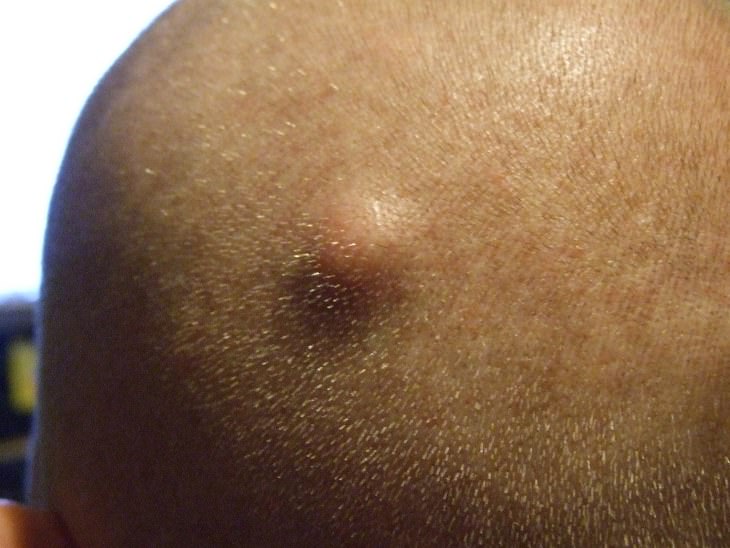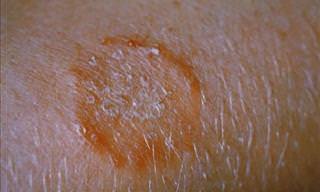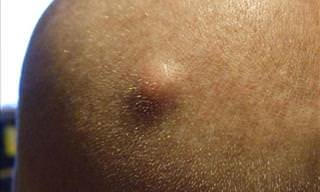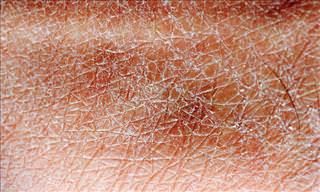Skin lumps, also known as lipomas, are any areas of skin that have become abnormally raised, either on the surface or protruding from underneath. Somebody with a lipoma has an abnormal lump, ulcer, bump or sore, and it might also be an abnormally colored area on the skin's surface. Common skin lumps include warts, moles, actinic keratosis, and skin infections. While some may be a cause for concern, many types of skin lumps are benign. Keep reading to learn more about them.
The Symptoms of a Lipoma
There are various kinds of skin lipomas, but they usually have distinct characteristics. They are most commonly found on the back, neck, and shoulders, but may also appear on thighs, arms or your abdomen. If you suspect that you have one it will usually:
• be pale and colorless
• grow slowly
• be soft to the touch
• be located just under your skin
• move easily when prodded
The Risk Factors of a Lipoma
While the cause of lipoma development is still unknown, there are a number of risk factors that can increase your susceptibility:
• a family history of lipomas
• being aged between 40 and 60
• Cowden syndrome
• Gardner's syndrome
• Madelung's disease
• adiposis dolorosa
Diagnosing a Lipoma
Lipomas are usually diagnosed through a physical exam. It should move easily when touched, feel soft and pain-free. Sometimes, a dermatologist may take a biopsy of the skin bump to send to the lab for testing and to rule out the possibility of cancer. This is done because a lipoma looks quite similar to a liposarcoma which actually is cancerous, but is usually painful and quick-growing. Further tests though CT scans and MRI are usually only needed when there is a suspicion of a liposarcoma.

Treating a Lipoma
A lipoma that’s left untouched will not typically cause any problems. However, you can get it removed if it is bothering you or getting in the way of your day-to-day activities. The 3 most common treatment options are:
Steroid injections - By injecting steroids into the affected area, the lipoma should drastically shrink, however it will not be removed entirely.
Liposuction - This procedure works by sucking the fat out of a lipoma in order to reduce its size.
Surgery - The most common procedure is to simply have the entire lipoma surgically removed. Once this takes place, the chance of it growing back is slim.
The Outlook For Someone With a Lipoma
Since a lipoma is a benign tumor, there is no real risk of one suddenly turning cancerous. Additionally, it will never spread through any surrounding tissues or muscles, and it certainly is not life-threatening. All in all, the outlook for someone with a lipoma is incredibly positive.
Sources: healthline, everydayhealth
 Go to BabaMail
Go to BabaMail



























